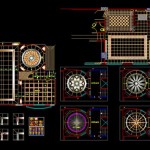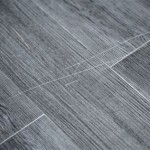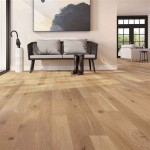Why Is My Wood Floor Lifting?
A wood floor that is lifting, or buckling, can be a frustrating and potentially costly problem. This issue can stem from a variety of factors, and understanding the root cause is crucial to finding the right solution. Lifting wood floors can be caused by issues with the subfloor, moisture, or improper installation.
Subfloor Issues
The subfloor, the layer of material beneath the wood floor, plays a crucial role in its stability. When the subfloor is damaged, uneven, or inadequately supported, it can lead to the wood floor lifting. This issue is particularly common in older homes where the subfloor may have deteriorated over time.
Several factors can contribute to subfloor issues:
- Rot: If moisture penetrates the subfloor, wood can rot and weaken, leading to instability and floor lifting.
- Sagging: If the subfloor is not adequately supported by joists, or the joists themselves are weak, the subfloor can sag under the weight of the floor and furniture, causing lifting.
- Unevenness: An uneven subfloor can cause the wood floor to lift in certain areas, creating a noticeable bump or hump.
Moisture Problems
Moisture can wreak havoc on wood flooring, causing it to expand and contract. When moisture is trapped beneath the floorboards, it can lead to lifting and buckling.
Several sources of moisture can lead to wood floor lifting:
- Leaking pipes or appliances: A leak in a hidden plumbing pipe or appliance can introduce significant moisture into the subfloor, leading to wood floor problems.
- High humidity: In humid environments, wood flooring can absorb moisture from the air, causing it to expand and lift.
- Improper ventilation: Inadequate ventilation in the crawl space or basement can trap moisture, leading to wood floor damage.
Installation Errors
While less common, improper installation can also contribute to wood floor lifting.
Possible installation errors include:
- Inadequate spacing: If the floorboards are not installed with proper spacing (expansion gaps), they may expand due to moisture changes and buckle.
- Incorrect nailing: Driving nails too deeply or hammering them in an uneven manner can cause the floorboards to lift.
- Insufficient subfloor preparation: If the subfloor is not properly leveled or smoothed before installation, it can lead to lifting issues.
Identifying the specific cause of wood floor lifting is crucial to determining the necessary repairs. A thorough inspection by a qualified professional can help pinpoint the problem and recommend appropriate solutions. This can involve examining the subfloor, checking for moisture sources, and assessing the installation.

Why Is My Laminate Floor Lifting Factory Direct Flooring

Why Is My Laminate Floor Lifting Top Tips Discount Flooring Depot Blog

What Is Peaking Buckling And Cupping In Wood Floors Builddirect

Avoid Cupping And Buckling In Hardwood Floors Twenty Oak

Buckling Floors Now What News And Events For Midsouth Crawl Space Solutions

Common Solid Wood Floor Problem Bulging And Lifting Beyond Blog

How To Fix A Bent Or Raised Up Edge On Your Luxury Vinyl Plank Flooring

Tips To Fix Laminate Floor Bubbling

How To Fix Laminate Flooring That Is Lifting And Why It Happens Gc Pros

How To Repair Laminate Flooring The Home Depot
Related Posts








